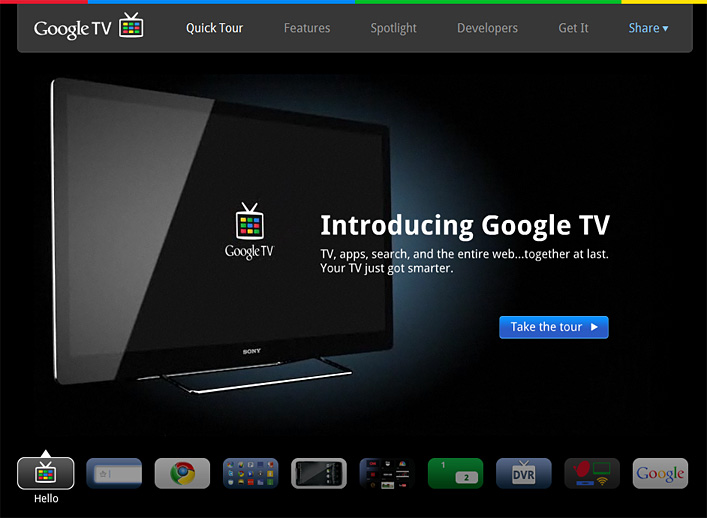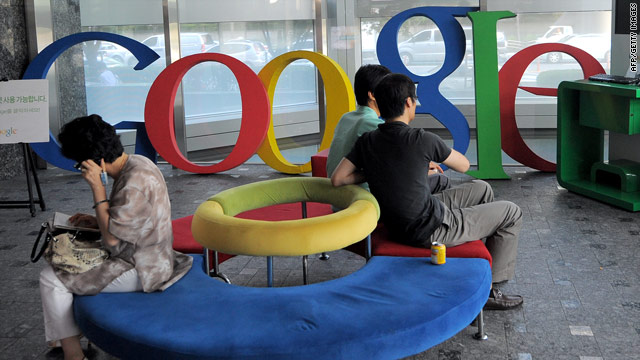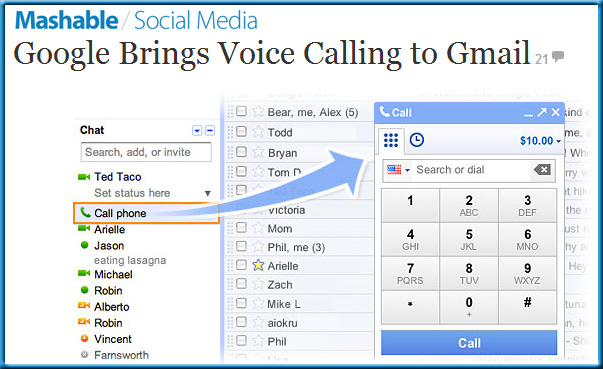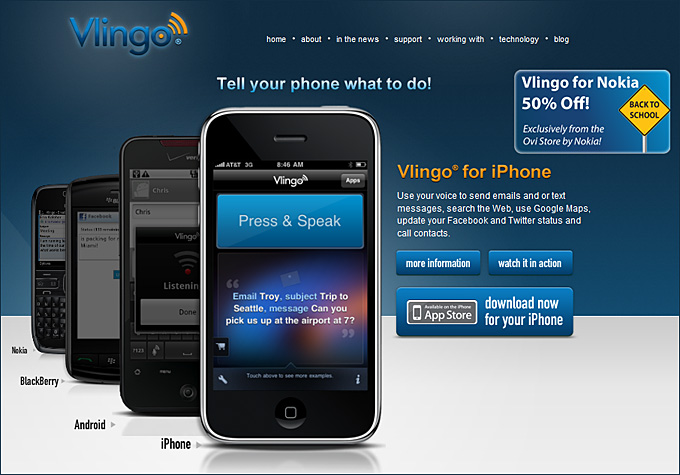Learning TRENDS by Elliott Masie – Oct 6, 2010.
#642 – Updates on Learning, Business & Technology.
55,171 Readers – http://www.masie.com – The MASIE Center.
Host: Learning 2010 – Oct 24 to 27, Orlando, FL, USA.
Deloitte Building New Corporate University — Google Learning to the Cloud: I love the diversity of Learning Strategies that are developing in our field. Two different (and yet connected) approaches can be found in diverse sessions at Learning 2010:
“Deloitte University: Going Physical in a Virtual Age”
Led by Bill Pelster, Principal, National Director Talent Development for Deloitte Touche Tohmatsu
In October 2011, Deloitte will open a 750,000 square foot state-of-the-art learning facility in Westlake, TX. Deloitte University will be a central destination for delivering leading-edge leadership and professional development at critical moments in the careers of our professionals. Learn why we made this investment, our strategy for delivering in-person and virtual training, and the transformation process we underwent to align our learning strategy with our talent strategy and career development.
* The case for investing in a physical learning space.
* The value of face-to-face learning.
* Alignment of learning and talent strategies.
Bringing Cloud Learning to Your Organization: Google’s Approach
Led By: Julie Clow – Organizational Development Manager, Google
The move to cloud-based technologies in the enterprise requires more than just adoption of new tools. It brings with it a shift in culture towards peer-to-peer interaction, which challenges the top-down hierarchical assumptions about how people should work. Cloud “Learning” will require the same shift towards open access to information and peers. Learn how Google is making the shift to Cloud learning through:
* Strategy: the role of peer-to-peer learning in the L&D community
* Culture: how Google’s culture enables broad organizational participation in continuous learning
* Tools: how Google is using CloudCourse for peer-to-peer learning
It will be fun to see how the Physical and Virtual worlds take unique roles in the Learning Strategy of these two companies — and how it translates into unique learning cultures. Join 1,700 learning colleagues at Learning 2010 on Oct 24 to 27 in Orlando. Advanced Registration Discounts: http://www.learning2010.com

















